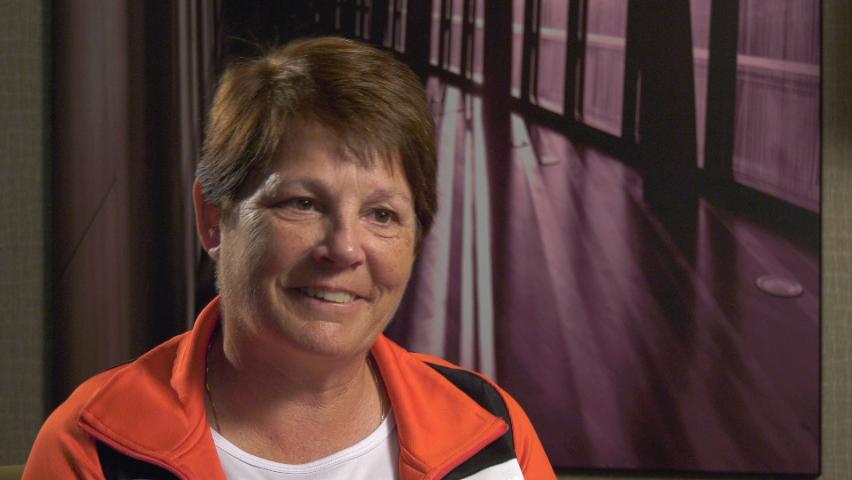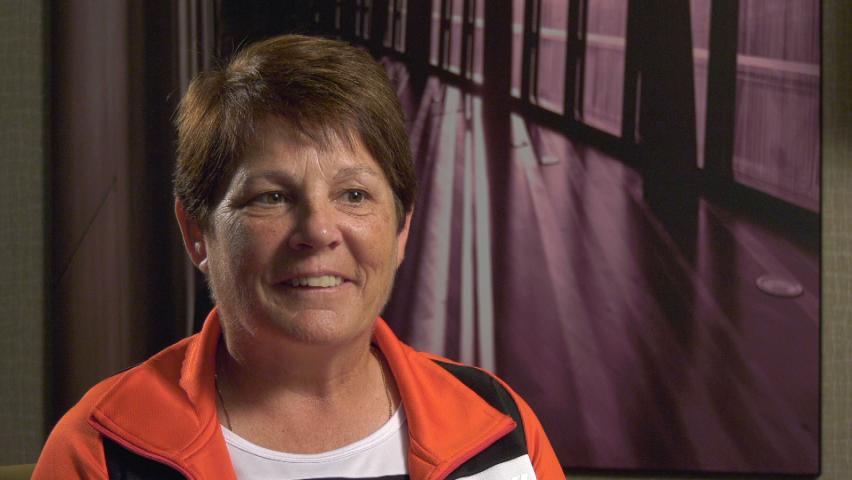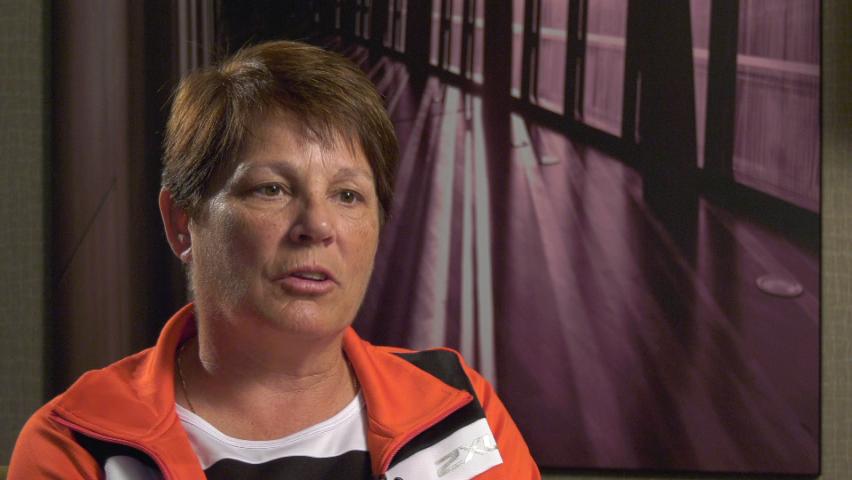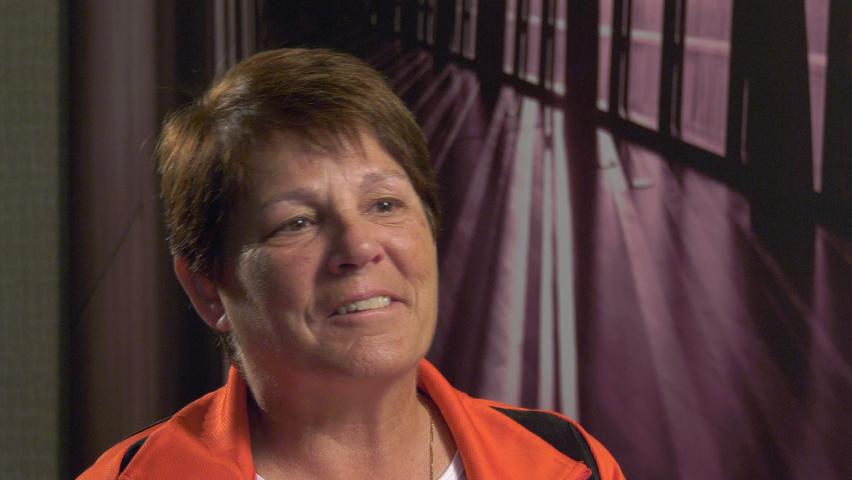Areas of Responsibility with Sea Training Pacific
Heroes Remember
Areas of Responsibility with Sea Training Pacific
Transcript
Description
Ms. Bate provides details on the roles and responsibilities on board ship as part of the Sea Training Pacific team.
Sandy Bate
Ms. Sandy Bate was born July 11, 1960 in Chatham, New Brunswick. Prior to joining the military, she was employed with DND for ten years. At the age of 28 she chose to join the military and with her clerical skills and sports background saw fit to join the air force. Throughout Ms. Bate’s career she had several postings across Canada and because of family connection in Comox, BC made a big decision to switch over to the navy as junior clerk and become part of the crew of the HMCS Huron. Eventually, due to declining health, Ms. Bate was medically discharged in 2009. Being part of the Invictus Games 2017 has been instrumental in providing a positive outlook to her retired life. She represented Canada as part of the Team Canada Golf team, an initiative she is most proud of. Ms. Bate now resides in Victoria, BC with her family.
Meta Data
- Medium:
- Video
- Owner:
- Veterans Affairs Canada
- Recorded:
- September 29, 2017
- Duration:
- 2:42
- Person Interviewed:
- Sandy Bate
- War, Conflict or Mission:
- Canadian Armed Forces
- Location/Theatre:
- Canada
- Branch:
- Navy
- Units/Ship:
- HMCS Huron
- Occupation:
- Clerk
Related Videos
- Date modified:






